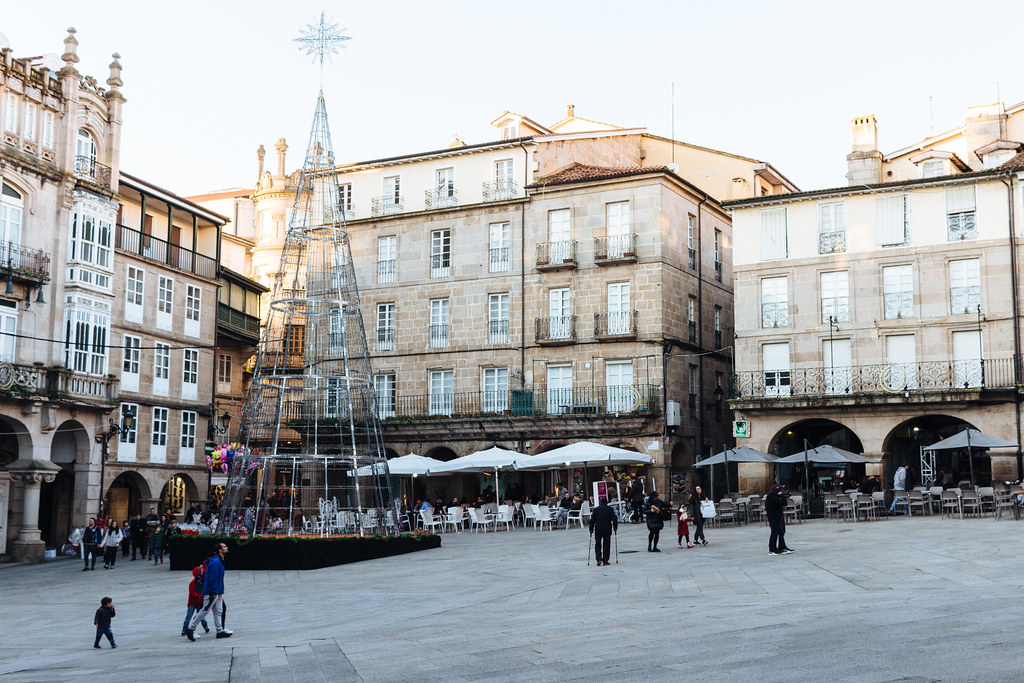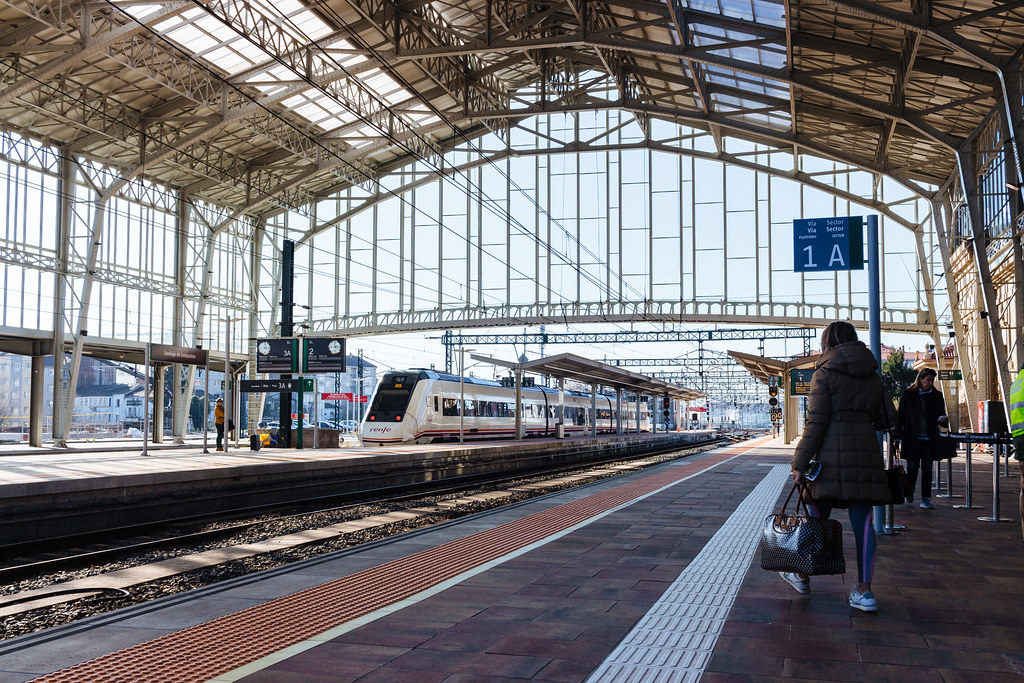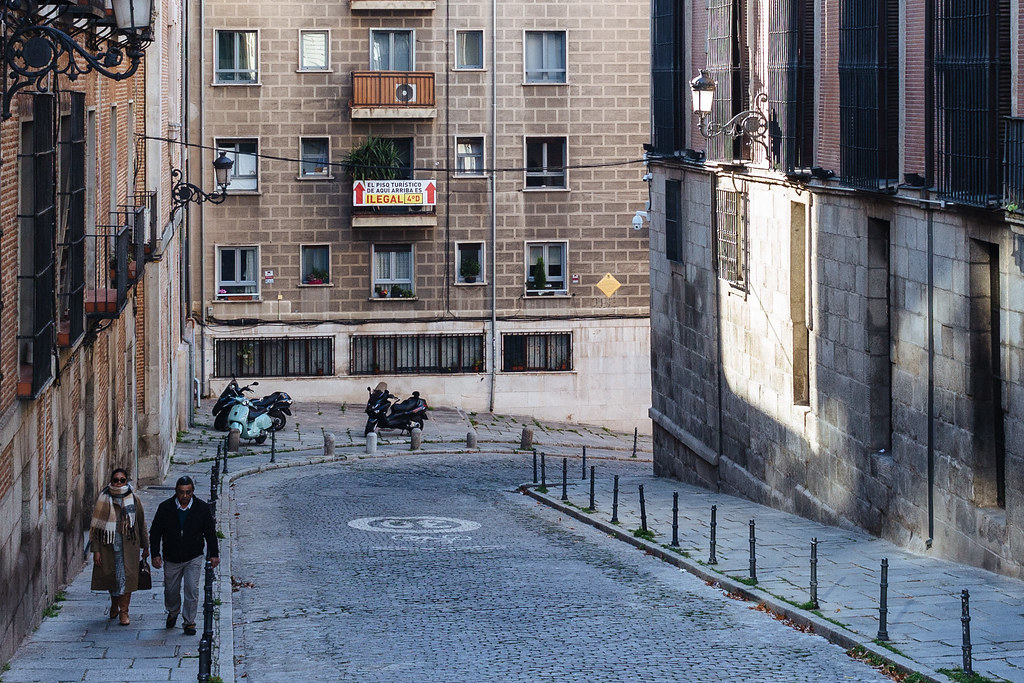7 Ways to Travel after the Pandemic
Note: If you previously signed up to get email notifications whenever I publish a new blog post, this is the first one you’re receiving from Follow.it, which I’m now using since Feedburner retired their email subscriptions feature.
In the U.S., half of the population has been fully vaccinated against COVID-19 in just half a year—a monumental feat after a year of unemployment, isolation, and death. Many people are resuming trips to see family and friends or just to get out of the house for a change. Other countries are loosening public safety measures and allowing limited international tourism once again.
Yet the pandemic is by no means over. So far, only a quarter of people on the planet have received a dose of the vaccine (disproportionately in Western countries), and outbreaks driven by the delta variant could quickly overwhelm health systems again, but the end is certainly in sight. If you haven’t already taken advantage of the protection the vaccine provides to travel again, you’re probably at least planning your next trip.

|
| Praza Maior, Ourense, Spain |
An almost complete shutdown of travel in March 2020, followed by varying degrees of restrictions throughout 2020 and early 2021, gave us an opportunity to step back and rethink how we go on trips. After all, our personal traveling habits and the tourism industry at large were simply unsustainable before the pandemic.
The old normal was not normal
Famous destinations were being overwhelmed by staggering numbers of visitors. Before the pandemic, Hawaii, home to 1.4 million residents, received “a record high of 10.4 million [tourists] in 2019.” The “Taj Mahal received up to 70,000 visitors a day.” “As many as 15,000 people might cram their way into the [T]ower [of London] on a given day.” Crowds at the Louvre Museum in Paris “normally reach up to 50,000 people a day.” Venice, pop. 250,000, “hosted an estimated 28 million visitors a year.”

|
| View of central Madrid from a hotel |
The growing popularity of outdoor recreation has been damaging the land. Thousand-year-old petroglyphs outside Moab were vandalized in April. According to Utah State Historic Preservation Office archaeologist Elizabeth Hora-Coo, “more people equals more damage.” Along U.S. Highway 1 in California’s Big Sur, “tourist vehicles jam up the highways and pull over near main attractions […] many tourists also toss their trash out, trample vegetation and urinate — or worse — right along the highway.” Some externalities of inexperienced adventurers in western Wyoming: “Discarded trash that out-of-town hikers do not pack out; emergency beacons pressed accidentally; piles of human excrement along trails, improperly buried.” One ranger in Zion National Park picked up nine pounds of poop along a single trail.

|
| Anti-tourist sticker in Reus, Spain |
Short-term vacation rentals have been pushing residents out of neighborhoods. In Amsterdam, “rising housing prices — due, in part, to the rise of Airbnb and other vacation rental platforms — have made the city center unaffordable for many locals.” Edinburgh’s Old Town Development Trust says that without tourists in 2020, “we can see now the damage that’s been done to the community by the commercial takeover of the flats.” Mayors across Arizona “argue the largely unregulated use of platforms like Airbnb […] reduces the amount of housing, which drives up prices.” In Sedona, Arizona, “up to 40% of residential rental properties are now vacation rentals.” Residents of an entire apartment building in downtown Phoenix were cleared out so it could be converted into short-term rentals.
You might see all these news stories I’ve cited above and think that I’ve become seriously disillusioned with travel after running this blog for almost a decade. Not at all. Instead, I’m becoming more mindful of the effects my trips can have on the environment and learning how I can best support the communities and economies of the places I visit.
I’ve proposed below several solutions to some problems that existed in tourism before the pandemic and some more ethical ways we can travel once the pandemic subsides:
1) Less international travel, more local trips
I’m not saying we should respond to a pandemic by adopting a provincial attitude, hunkering down at home against the world. Instead, I think we should hit “pause” on international trips for a bit and make a conscious choice to support nearby destinations where our tourist dollars can go further since we’re not burning thousands on airfare.
Why travel in your own backyard? You help reduce the load on places that have effectively been turned into theme parks for tourists while supporting the places that don’t see so much business or traffic, or only during certain times of the year. Not only that, but you also gain a deeper understanding of the place you call home, whether it’s history, music, or food.

|
| Downtown Clarkdale, Arizona |
Rather than hopping between mega-destinations like Barcelona and Berlin, I’d love to spend a week or more exploring the natural and cultural beauty of the Navajo Nation in northern Arizona. This tribe was one of the hardest-hit places in the world during the pandemic, but a combination of mask mandates, weekend lockdowns, and vaccinations have helped it dramatically recover. The tribal government recently reopened their borders to visitors, so I’m looking forward to traveling around the reservation in the future and supporting the local economy.
2) Less flying, more buses and trains
Confession: I haven’t been on a plane since January 1, 2020, which is the longest stretch of time I’ve gone without flying in probably 20 years. Between growing up in Texas far from my extended family in Indiana, moving to Spain after college, and now living in Arizona far from my parents in Texas, I’ve taken around 2–4 flights per year, every year. I recognize that I’m privileged with the financial resources and paid vacation time that lets me fly for fun, too.
But last year showed me I could continue to enjoy a life of rich experiences without stepping on a plane. Yes, I had to cancel a long-planned trip to visit friends in the Bay Area. And it was difficult being away from family during the holidays. Yet this extended time at home showed me another way of living was possible, one where I wasn’t contributing (as much) to record-breaking levels of carbon dioxide in Earth’s atmosphere.
For many of us, 2020 was the year that climate change went from being something terrible that was going to happen sometime in the future to something very real, happening now. A record-breaking wildfire season turned the skies over San Francisco orange and made breathing almost impossible. The Southwest U.S. experienced a second back-to-back summer monsoon season with almost no rain to speak of. A derecho flattened fields across Iowa. And then there was this year’s winter storm that froze Texas in place for a week—all on top of a pandemic.

|
| A regional train arrives at the train station in Santiago de Compostela, Spain |
We simply can’t deny any more that human actions are making the climate hotter and more intense—which means actions by governments, corporations, and yes, even individuals are required to mitigate and reverse the effects of climate change. So because transportation makes up my single-largest source of personal CO2 emissions, I’m going to try to reduce flights and car trips as much as I can going forward.
Seeing family at least twice a year is important to me, so perhaps restricting myself to an additional domestic economy-class round-trip flight per year is a responsible limit. And instead of monthly daytrips from Phoenix into the mountains, I’m considering reducing the number of car trips I take out of town while spending more time in the places I do visit. Other easy alternatives I’m looking into include intercity buses (Flixbus and Megabus) and trains (Amtrak and Brightline).
3) More meaningful trips
I’ve lost more than a year of opportunities to travel because I made the decision to stay almost entirely within central Phoenix to reduce the spread of COVID-19. As many others in their ’20s and ’30s were left disabled with #LongCOVID—or passed away long before old age—I was forced to confront my own mortality this year. I’ve since resolved to travel to places that actually interest me and have experiences I actually care about, not because they’re something to check off a don’t-miss, top 10 list in a guidebook or online.
I once took a (nearly disastrous) daytrip to Aachen, Germany, to visit the resting place of Charlemagne because I did a major paper on him in college. I also visited Porto, Portugal, partly because I had just finished reading the Harry Potter series and wanted to visit some of the inspiration for the fantasy series. Weird, yes. Nerdy, yes. But what mattered was I prioritized doing the things that mattered to me rather than putting them off to do “someday.” I’d like more of this in the future, please!

|
| Oak tree near the Menil Collection, Houston |
I’m also prioritizing more trips to see friends and family: the people I couldn’t see for a year or more. Maybe they live in Milwaukee, Little Rock, or San Antonio instead of Chicago, Memphis, or Austin, but visiting them gives you an opportunity to visit more affordable destinations that aren’t mobbed by tourists; plus, you potentially get a couch to crash on and a local to tell you all the cool places to check out.
4) Fewer big-name parks, more smaller ones
It seems like everyone is going to Moab, Utah, this summer. Arches National Park, made famous by Utah’s iconic license plates and its “Big 5” marketing campaign, has already closed its gates over 80 times this year due to high visitation. And for the people that do make it into the park, their experience is made worse by all the crowds and trash.
Until national parks in the U.S. receive the funding they need to hire rangers, provide expanded services, and start implementing ticketed reservation systems to keep up with record-breaking demand, it’s up to us as individuals to help reduce this pressure on the parks by dispersing our impact.

|
| Palm Canyon, Kofa National Wildlife Refuge |
Some small things we can do include choosing less-well-known parks instead like state parks, national forests, Bureau of Land Management land, and even national monuments. And if we absolutely must visit popular national parks, then we should try to visit them in the shoulder season or in winter, when there’s also no risk of extreme heat or flash flooding.
But wherever you end up going, it’s best to adhere to basic Leave No Trace principles—especially geotagging responsibly, as an outdoor destination’s newfound attention on social media can cause it to be overwhelmed with new visitors overnight.
5) Supporting local businesses, not chains
I’m sure we all have a favorite independent coffee shop or restaurant that shut their doors and never re-opened in 2020. Between lockdowns, capacity restrictions, and routines turned upside down, countless small businesses running on tight margins and little savings had to close for good over the past year. But you can’t say the same thing about all the major chains—if anything, they’re stronger than ever.

|
| Latte at Café Venecia, Santiago de Compostela, Spain |
It’s the same with the places we visit when we travel. When you patronize local shops, restaurants, bars, hotels, artisans, etc., you make it possible for them to weather the next recession (or pandemic), unlike all those multinational chains with billions in the bank.
Plus, supporting local businesses keeps keeps the money you spend while traveling within the local economy you visit, rather than being funneled to the shareholders of a publicly traded corporation that doesn’t need your cash just to survive.
Instead of defaulting to comfortable chains that you recognize when traveling, do your research before you go on vacation to find out how you can best use your limited travel dollars to support local communities. Yes, it takes work to scour Yelp and TripAdvisor and comb through all the travel blogs and guidebooks to find the best cafés, bistros, etc., but it’s worth it in the end, especially since trying local specialties or buying local goods will make your experience that much richer.
6) Reconsidering cruises
Cruise lines were being criticized long before the pandemic because of all the pollution they cause, the harmful effects they have on ports of call, and their avoidance of U.S. federal taxes.
In the early days of COVID-19, cruise ships were also the sites of first major outbreaks of the virus, a macabre version of the cruise crud that has always been around. During these outbreaks, cruise lines did not treat their stranded employees well at all. One Carnival employee locked in his quarters for weeks died by suicide.
Even now, cruise lines still don’t seem to be able to prevent infections from breaking out among crew or passengers despite vaccine requirements.
Safe to say, I’ll be staying on dry land for the foreseeable future.
7) Finding alternatives to short-term rentals
COVID-19 hit the world, and the U.S. in particular, during a growing affordable housing crisis when the primary way to combat the virus was to stay at home as much as possible. This housing crisis was made even worse with mass unemployment and the threat of evictions looming overhead.
Going forward, we should avoid staying at Airbnbs or other short-term vacation rentals because listings that aren’t, say, a spare bedroom end up displacing local residents and driving up the cost of rent in a community. This makes it even harder to afford and maintain housing during the next recession or pandemic.

|
| Apartment balcony in central Madrid with a poster that says, “The vacation rental above here (4th floor, apartment D) is illegal” |
When entire apartments, houses, or floors of a high-rise get converted into places available for just a few days or weeks at a time, those units are entirely removed from the housing market for long-term residents looking to sign yearlong leases.
Sure, Airbnb has helped some families to replace lost income during the pandemic by hosting travelers in a guest house or granny flat.
But every tiny house that is listed on Airbnb is a tiny house that isn’t available for someone who needs a place to live—and those actions by individuals add up across neighborhoods, cities, and regions to push monthly rents to a place where most people can no longer afford them.
